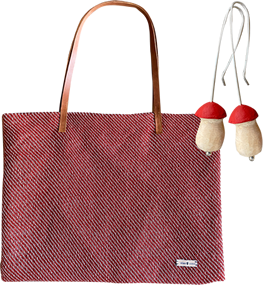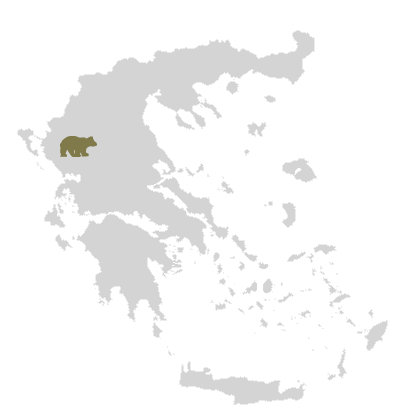Boletus
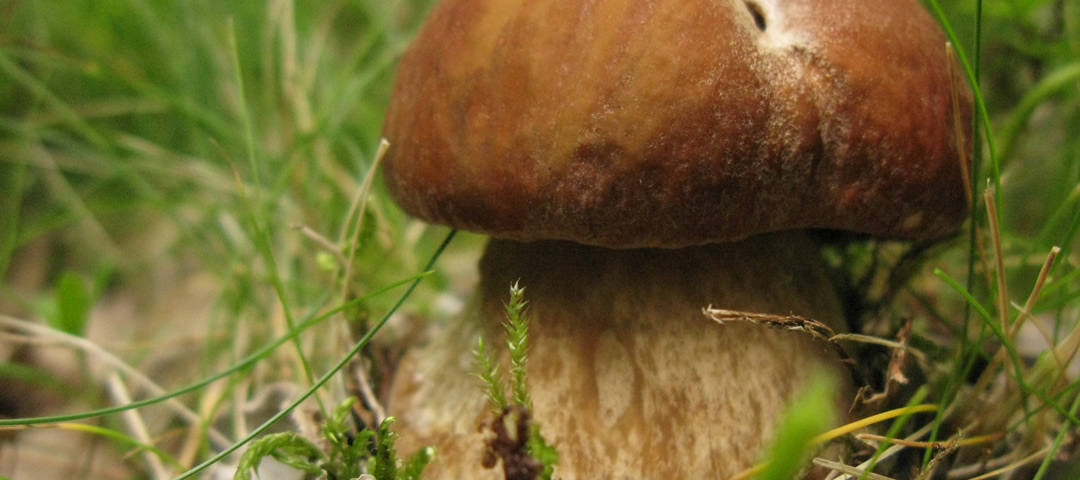
The name is derived from the Latin term bōlētus ‘mushroom’ from the Ancient Greek “βωλίτης”, ultimately from bōlos/βώλος ‘lump’ or ‘clod’. In Greece Boletus is also called “the king of mushrooms” – “βασιλομανίταρο”. The fruit body has a large cap which on occasion can reach…
Cantharellus cibarius (Chanterelle)

Cantharellus cibarius, or else known as the chanterelle, golden chanterelle or girolle, is a fungus. It is orange or yellow, meaty and funnel-shaped. On the lower surface, underneath the smooth cap, it has gill-like ridges that run almost all the way down its stipe,…
Neotinea tridentata
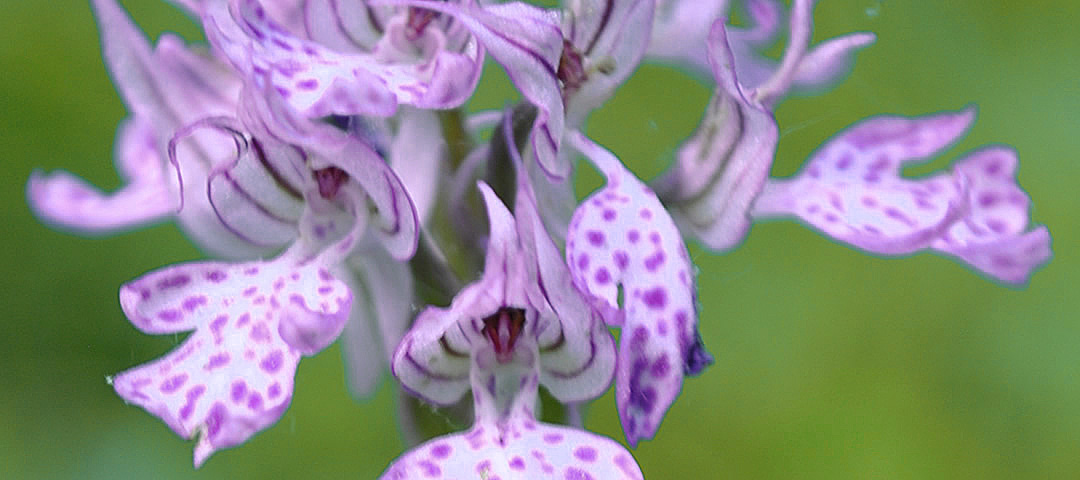
Neotinea tridentata (three-toothed orchid) is a species of orchid found in Greece among other southern European countries. This orchid favours grassy places, woodland, scrub and maquis of sub-alpine and alpine meadows of the National Park of Pindus as well as the broader Zagori region…
Orchis ustulata

Orhis ustulata or Neotinea ustulata (burnt-tip orchid) is a European terrestrial orchid native to mountains in central and southern Europe, growing at up to 2,400 m (7,900 ft) elevation. It has erect stems carrying 2 to 3, basal in a rosette, oblong, unmarked leaves…
Ramonda serbica
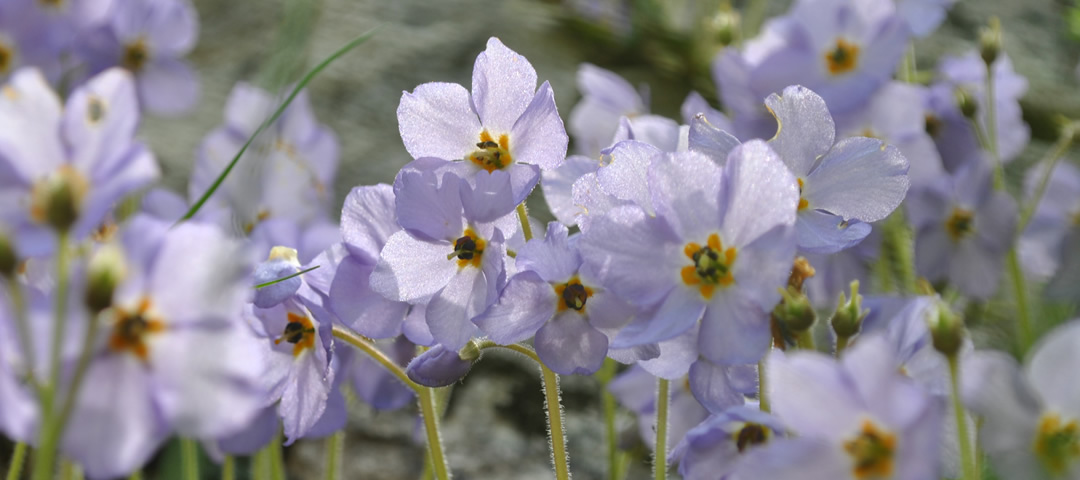
Ramonda serbica, commonly known as Serbian phoenix flower, is a species in the Gesneriaceae family. It is one of the few European representatives of this falmily, found in Albania, Bulgaria, Greece, FYROM and Serbia. The flower was discovered by Serbian botanist Josif Pančić in 1874…
Morchella deliciosa

Morchella deliciosa is a species of edible fungus in the family Morchellaceae. It is a widespread species that is characterized by having white ridges, at least when young. They are found growing in the mountain of Mitsikeli, in the Zagori region in Epirus, under fir…
Morchella esculenta
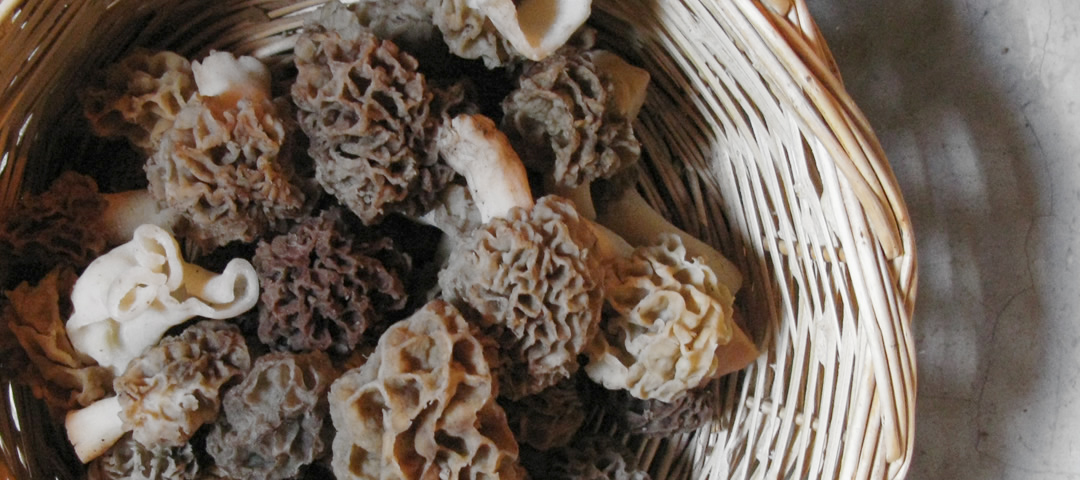
Morchella esculenta, (commonly known as common morel, morel, yellow morel, true morel, morel mushroom, and sponge morel) is a species of fungus in the Morchellaceae family of the Ascomycota. It is one of the most readily recognized of all the edible mushrooms and highly…
Anacamptis picta

Anacamptis picta or Anacamptis morio subsp. picta, a Mediterranean subspecies of Anacamptis morio, can be found in the National park of Pindus, in short, poor grasslands, meadows, alpine pastures and forest fringes at elevations up to 2000 meters as a miniature to small sized, cold growing terrestrial…
Spring wild asparagus

Greek: άγρια σπαράγγια April is the month to gather asparagus in the Zagori region of the National Park of Pindus, Greece. A walk in the woods of, mostly Quercus coccifera trees, will reward you with the tasty asparagus shoots. Bear in mind that only…
Bears in Pindos, Greece

Brown bear distribution range in Greece comprises 2 distinct nuclei of unequal size, covering a total of about 11,000 km², and seems to have stabilized for the last 20 years after dramatic regression in the 19th century. The study area for the ecological analysis…
 Nature in Greece | Mountains, lakes, forests, fauna and flora
Nature in Greece | Mountains, lakes, forests, fauna and flora





